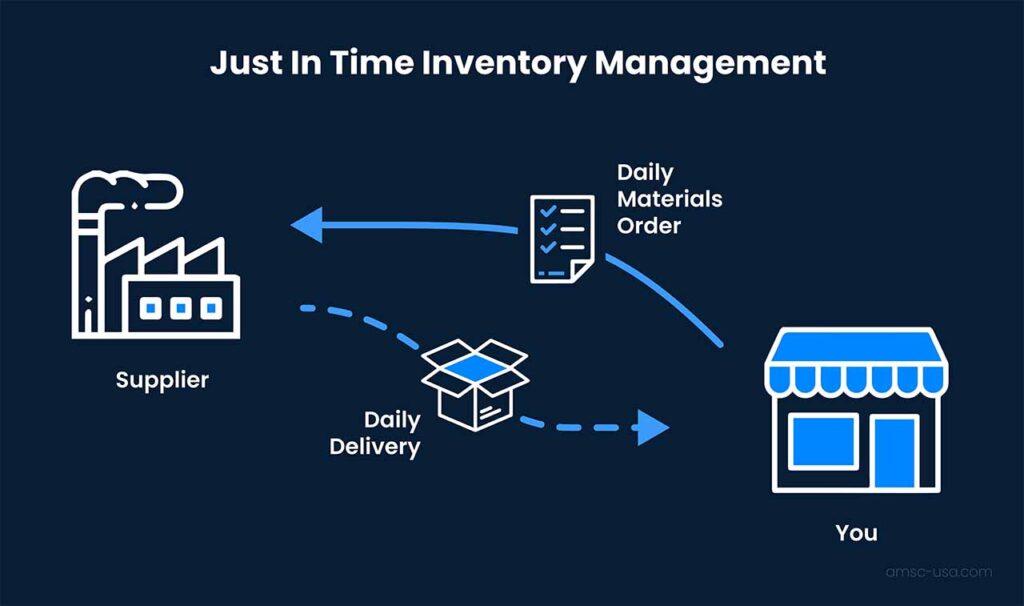In the intricate dance of global trade, the synchronization of demand and supply is essential for smooth operations. Like a well-orchestrated symphony, the logistics, transport, and shipping industries play a crucial role in ensuring that goods are delivered in a timely manner, meeting the needs of customers while maintaining efficiency. Join us as we delve into the world of demand-supply balancing in the realm of logistics, transport, and shipping, where precision and coordination are key.
Ensuring Efficient Inventory Management for Supply Chain Optimization
Efficient inventory management is key to supply chain optimization. Balancing demand and supply is crucial to ensuring smooth operations and maximizing profitability. By implementing strategic inventory control practices, businesses can avoid stockouts, reduce carrying costs, and improve customer satisfaction. Utilizing advanced forecasting techniques and data analytics can help businesses accurately predict demand, optimize inventory levels, and streamline their supply chain processes.
Effective logistics, transport, and shipping are essential components of demand-supply balancing. Utilizing reliable transportation services, optimizing delivery routes, and implementing efficient shipping practices can help businesses minimize lead times, reduce transportation costs, and ensure timely delivery of products to customers. By leveraging technology, automation, and data-driven decision-making, businesses can enhance their logistics operations, improve supply chain visibility, and achieve greater efficiency in managing inventory and fulfilling customer orders.

Implementing Just-In-Time Delivery Strategies for Transportation Efficiency
Just-In-Time (JIT) delivery strategies have gained popularity in the transportation industry for their ability to optimize supply chain efficiency and reduce excess inventory costs. By implementing JIT practices, companies can streamline their logistics operations, improve shipping accuracy, and enhance overall customer satisfaction. One key benefit of JIT delivery is the reduction of lead times, allowing for quicker response to changing customer demands and market trends. This results in a more agile and responsive transportation system that is better equipped to handle fluctuations in demand.
With JIT delivery, companies can achieve a better balance between supply and demand, minimizing waste and maximizing resource utilization. By aligning transportation schedules with production schedules, companies can reduce idle time and cut down on storage costs. Additionally, JIT practices can help companies eliminate bottlenecks in the transportation process, leading to smoother operations and improved efficiency. Overall, implementing JIT delivery strategies is essential for companies looking to stay competitive in today’s fast-paced and dynamic market.

Leveraging Technology Solutions for Real-Time Demand Forecasting in Shipping Operations
Utilizing cutting-edge technology solutions in shipping operations is essential for maintaining a competitive edge in today’s fast-paced market. Real-time demand forecasting allows shipping companies to optimize their logistics processes, ensuring that they have the right amount of inventory in the right place at the right time. By leveraging technology, companies can accurately predict customer demand, minimize stockouts, and reduce excess inventory.
One key technology solution for real-time demand forecasting in shipping operations is predictive analytics. By analyzing historical data, market trends, and customer behavior, shipping companies can make informed decisions about inventory levels and distribution strategies. Additionally, cloud-based tools and software systems offer real-time visibility into supply chain operations, allowing for quick adjustments and proactive decision-making. With the integration of these technology solutions, shipping companies can achieve greater efficiency, cost savings, and customer satisfaction in their logistics processes.
In Summary
In conclusion, the delicate dance of demand supply balancing in the logistics, transport, and shipping industries is a complex and ever-evolving process. From forecasting trends to optimizing routes, every decision made plays a crucial role in ensuring goods reach their destinations in a timely and cost-effective manner. As technology continues to advance and consumer expectations shift, the need for efficient and adaptable supply chains will only grow. By staying ahead of the curve and embracing innovation, companies can navigate these challenges with ease and set themselves up for success in the dynamic world of logistics. Thank you for joining us on this journey through the intricacies of demand supply balancing in the world of transport and shipping. Until next time, happy shipping!
